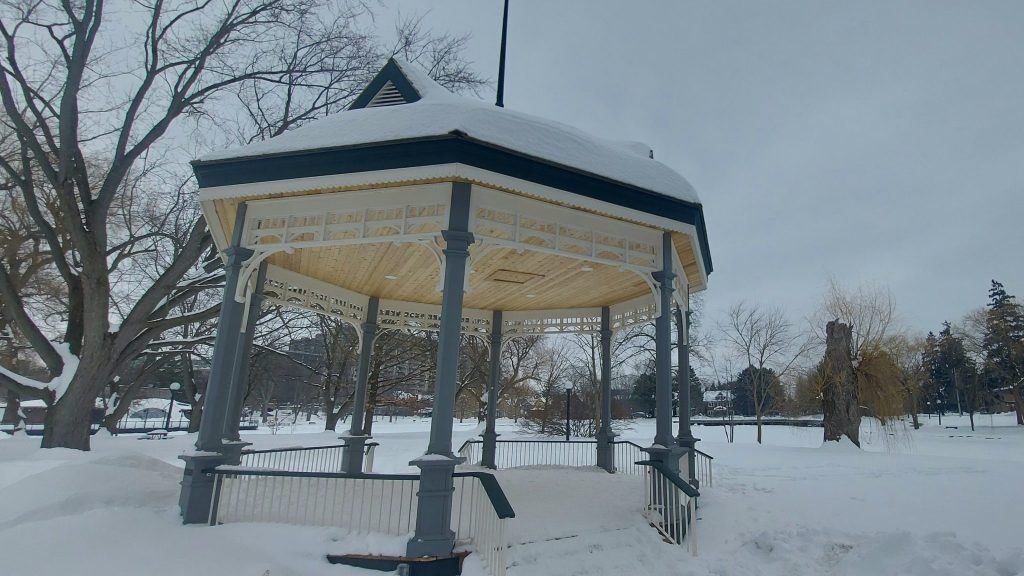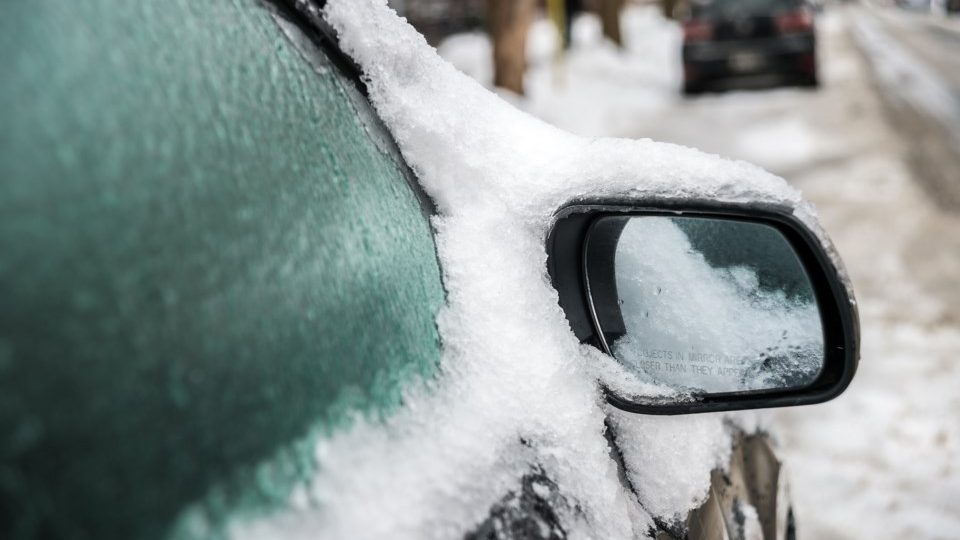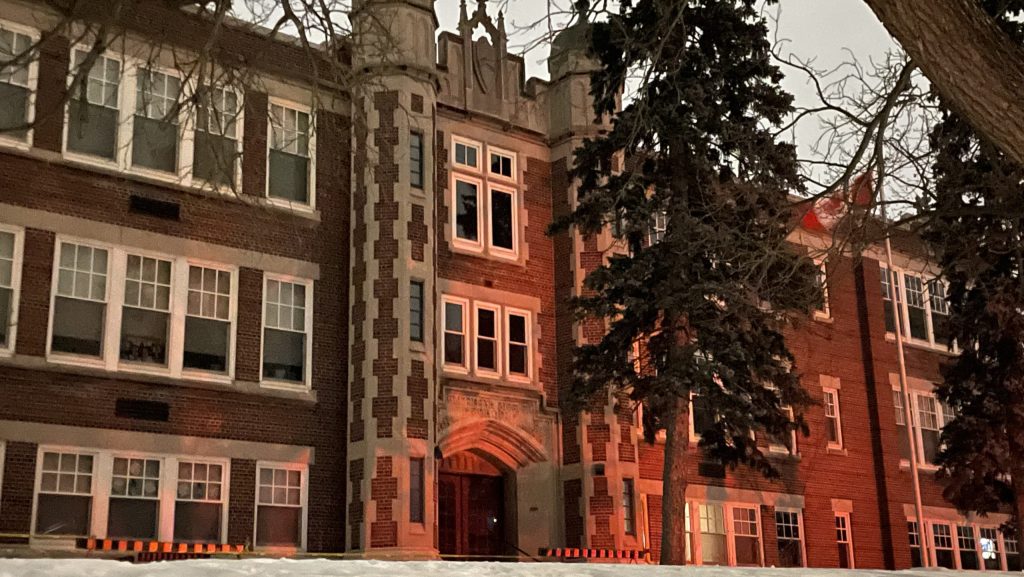More roofs at risk of collapsing after substantial snowfalls

Posted Feb 25, 2025 05:49:25 AM.
Last Updated Feb 25, 2025 10:52:20 AM.
Sweeping snowfalls have been blanketing parts of Waterloo Region over the past week, causing concern that some roofs could be at risk of collapsing from the weight.
Since Jan. 1, the region has recorded about 184 centimetres of snowfall, according to data from Weatherstats.ca. In February, so far, the region has seen about 145 cm, last year for the entire season the region recorded about 75 cm.
One local roofing company is getting more calls for help for leaks that are sprouting up and anticipates more to come.
Rhys Williams, sales manager for Roofman, while on The Mike Farwell Show, mentioned it’s been a long time since he has seen this much snow accumulate on top of houses.
Williams mentioned they can tell which houses are more at risk for collapse just by looking at them.
“By looking at the sides of the ice dam and whether or not they have them, you kind of get an understanding of how well they’re attic is insulated, it brings a lot to light just driving through the neighbourhoods.”
Prevention is Williams best advice for homeowners. Remove snow from roofs and remove icicles or ice dams from eavestroughs. Calling a roofing service like Roofman is also an option for anyone not physically up to the task.
“We’re kind of all hands-on deck right now, we’ve deconstructed our standard crews and got everybody out in pods of two and their own truck, just driving around town. This is all we’ve been doing for the last week and a half,” he said.
The President of Van Allen Insurance, Shane Van Allen, added they are getting a bunch of claims currently from clients whose roofs have collapsed, but mostly for sheds.
“This year more then ever collapse is definitely on the forefront, we haven’t seen this in a long time,” said Van Allen. “You see those icicles and that ice dam being built up on the eavestroughs, you’re just a recipe for disaster.”
Van Allen mentioned another thing homeowners should look at is their basement sump pumps, which is where melting snow often gets routed to when it has nowhere to go. He said testing them and making sure they work properly is important as it’s one of the things often overlooked by homeowners.
Mould is also a concern for insurance companies when they see snow piled high and heavy.
“The ice damming that happens along that eavestrough, there’s no way for the water to escape the way it’s designed to, so as it pushes back up it gets underneath your shingles, and you just can’t stop that water from coming in and then it trickles down into your walls,” said Van Allen.
Sagging sprinkler heads or sprinkler lines is also a cause of dread: Van Allen said it means collapse is closer than people think, and evasive action should be taken.
Other signs there is too much snow on roofs include, popping or cracking noises, doors or windows binding and not opening, as well as sagging tiles in ceilings.








